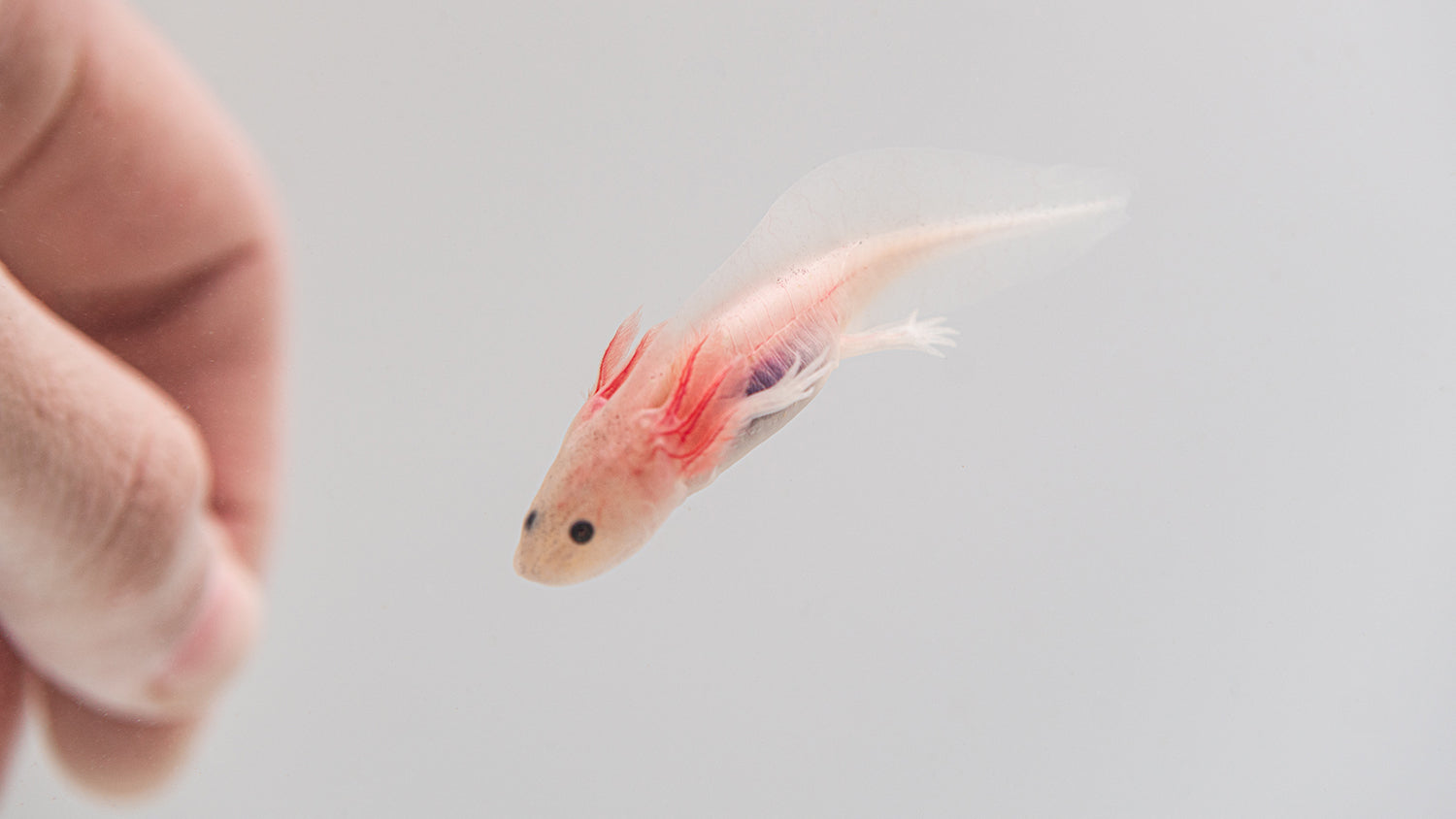Introduction
Axolotls, the unique and fascinating aquatic salamanders, have captivated the hearts of many with their adorable appearance and regenerative abilities. Native to the lakes of Xochimilco and Chalco in Mexico, axolotls have become popular pets worldwide. However, in their natural habitat, axolotls face threats from various predators. Let's explore what eats axolotls in the wild and the challenges they face in their natural environment.
Natural Predators
In their natural habitat, axolotls face predation from a variety of animals. Some of their natural predators include:
Birds
Large birds, such as herons and egrets, are known to prey on axolotls. These birds have sharp beaks and keen eyesight, which enables them to spot and capture axolotls in the water.
Fish
Large fish, such as carp and tilapia, are known to prey on axolotl eggs and juveniles. These fish species were introduced to the lakes of Xochimilco and Chalco and have become a significant threat to the axolotl population.
Aquatic Insects
Aquatic insects, such as water beetles and dragonfly larvae, prey on axolotl eggs and larvae.
Human-Induced Threats
In addition to natural predators, axolotls face threats from human-induced factors. These include:
Habitat Loss
Urbanization and agricultural expansion have led to a significant loss of axolotl habitat. The draining of lakes and the construction of canals have resulted in a drastic reduction in suitable habitat for axolotls.
Water Pollution
Pollution from agricultural runoff, sewage, and industrial waste has led to a decline in water quality, which affects the health and survival of axolotls.
Introduction of Invasive Species: The introduction of non-native fish species, such as carp and tilapia, has led to increased predation of axolotl eggs and juveniles.
Conservation Efforts
Due to the combined threats of habitat loss, water pollution, and predation, the wild axolotl population is currently listed as critically endangered by the International Union for Conservation of Nature (IUCN). Conservation efforts are ongoing to preserve the wild axolotl population. These include habitat restoration, captive breeding programs, and public awareness campaigns to educate local communities about the importance of protecting this unique species.
Conclusion
Axolotls face predation from a variety of natural predators, including birds, fish, and aquatic insects. Additionally, human-induced factors such as habitat loss, water pollution, and the introduction of invasive species have led to a decline in the wild axolotl population. Ongoing conservation efforts are essential to preserve this remarkable species and its natural habitat. Together, we can contribute to the preservation of axolotls for future generations to admire and study.
@axolotlplanet The forbidden boba 👁👄👁 #axolotlplanet #axolotl #axolotls #axolotlsoftiktok #amphibian #salamander #fishtok #fishcontent #aquarium #fishtank #aquascape ♬ original sound - Axolotl Planet





Leave a comment
This site is protected by hCaptcha and the hCaptcha Privacy Policy and Terms of Service apply.